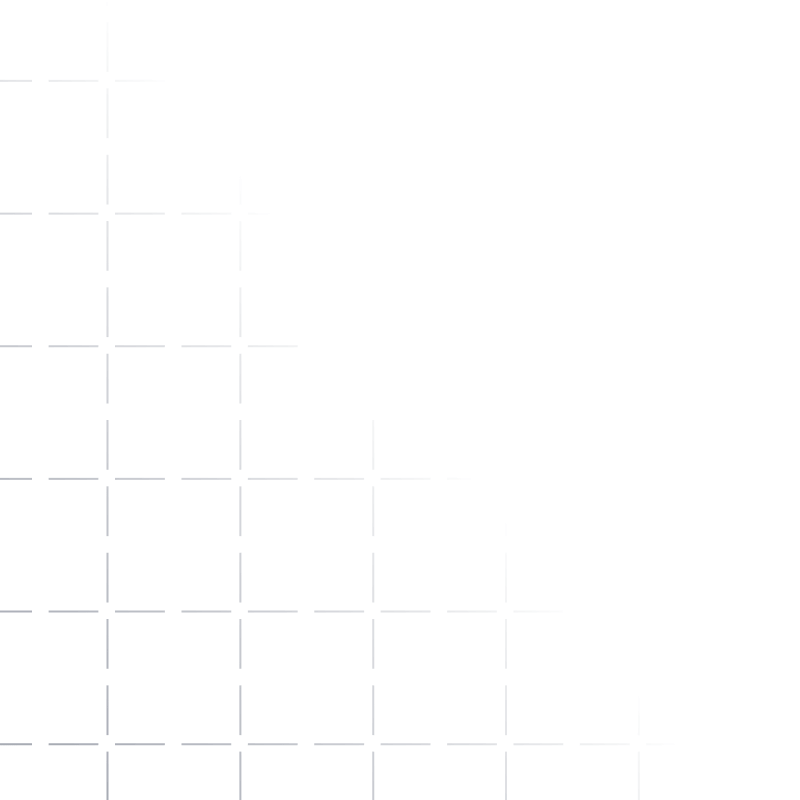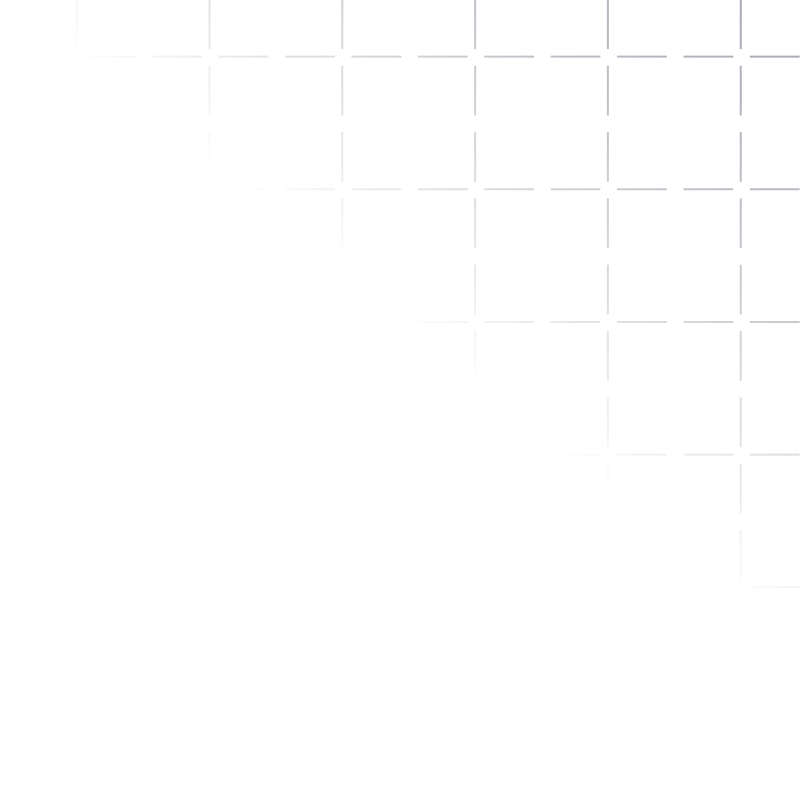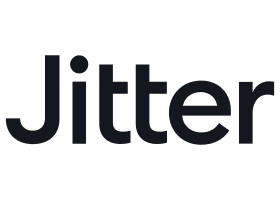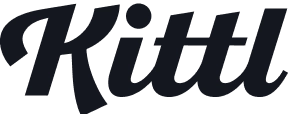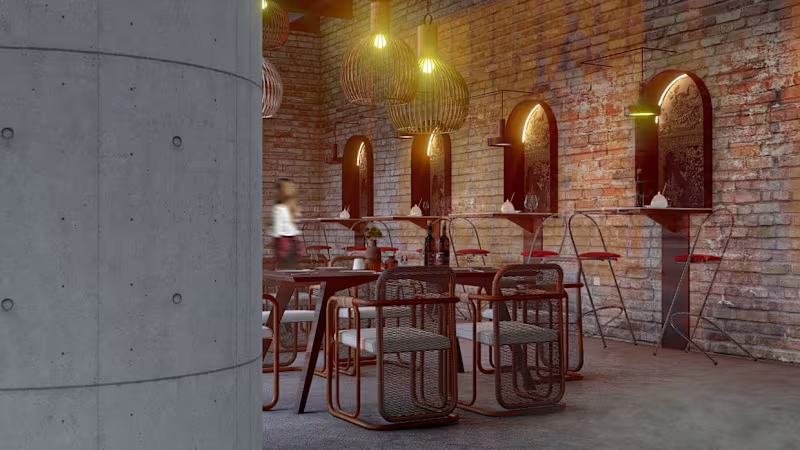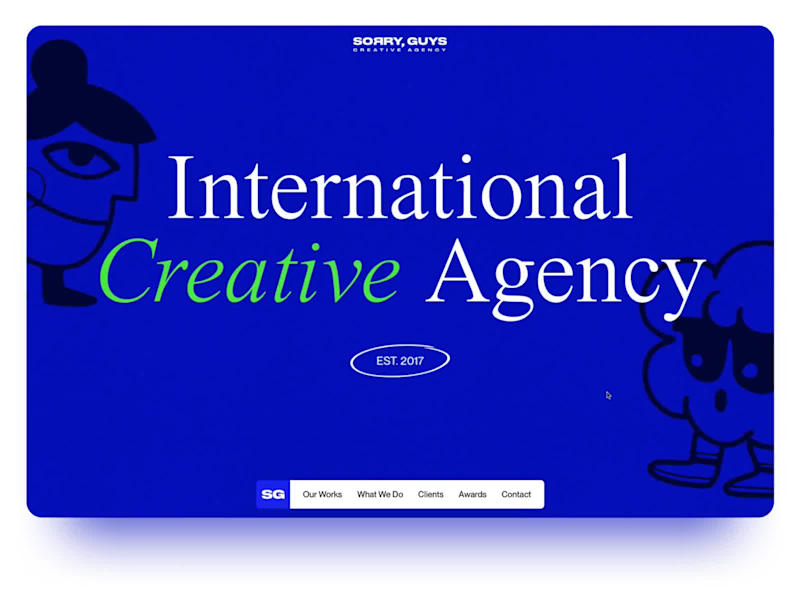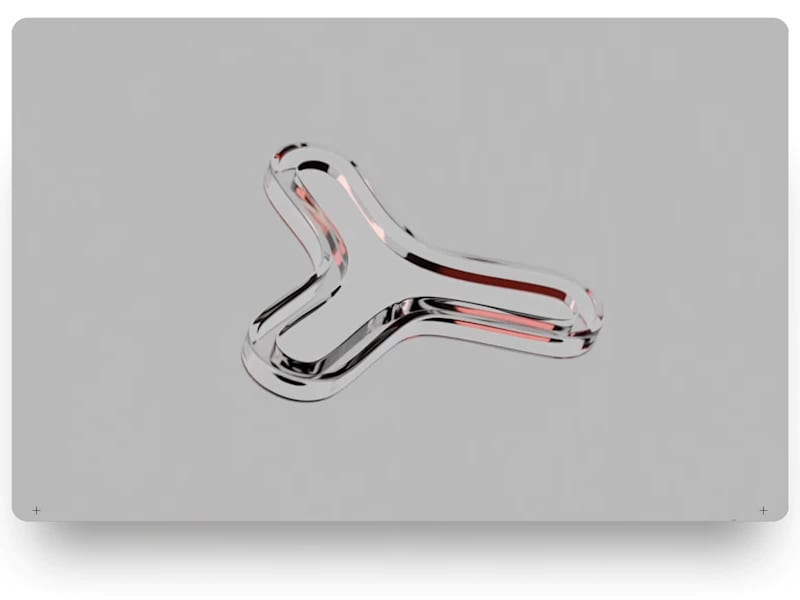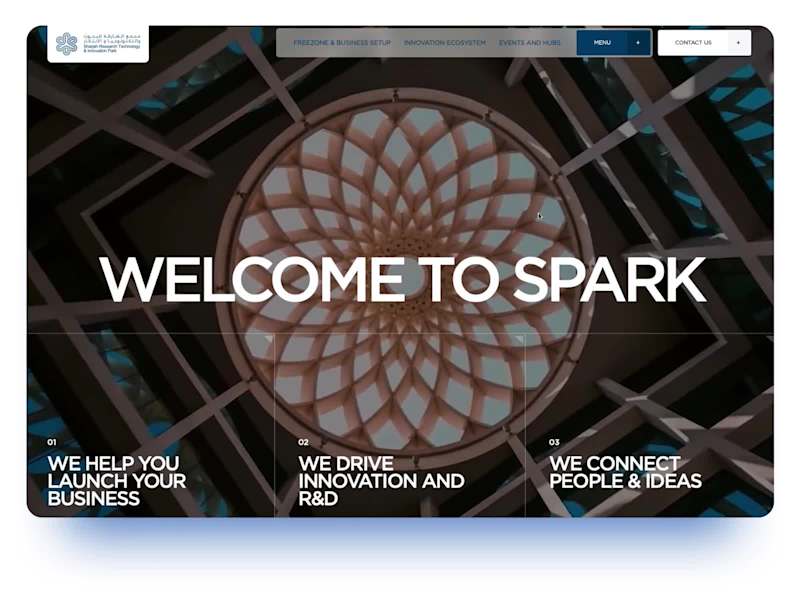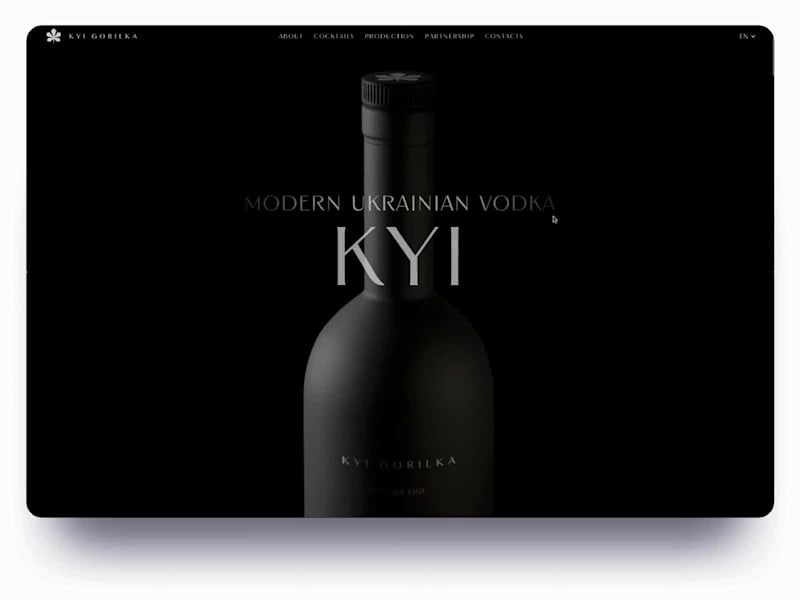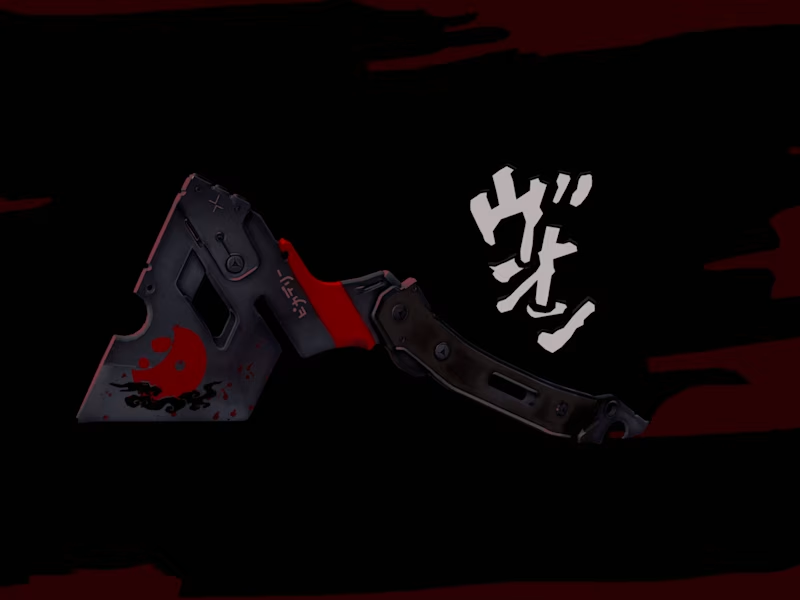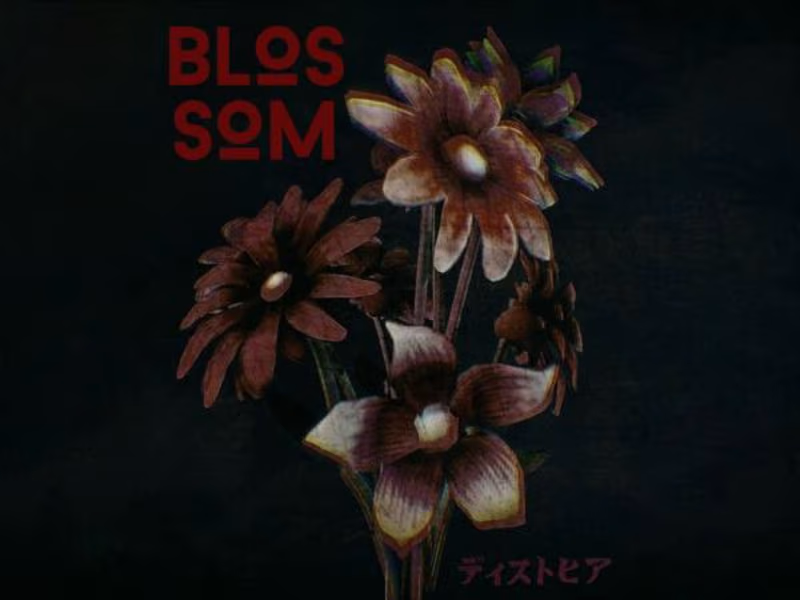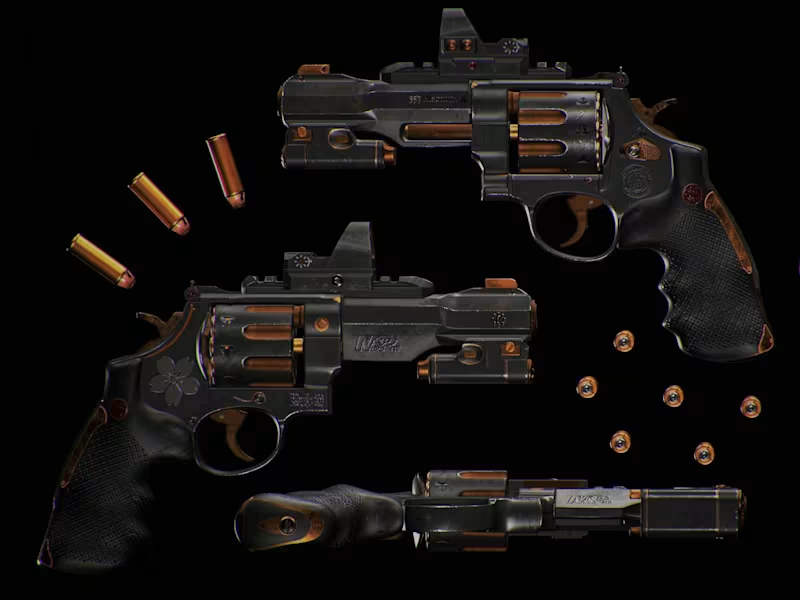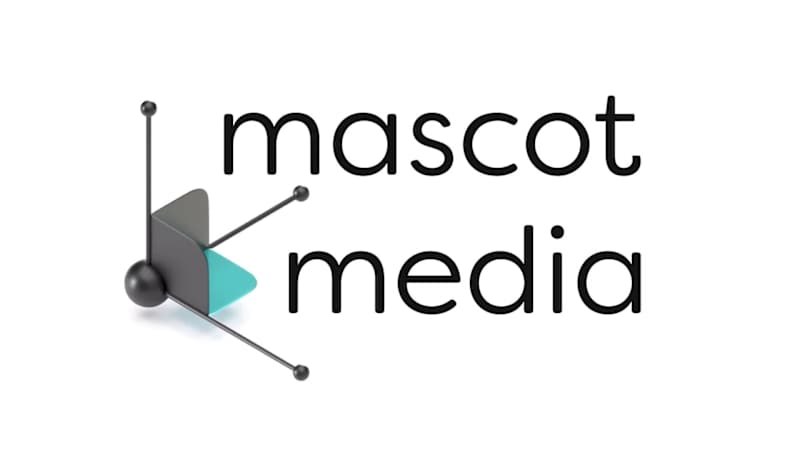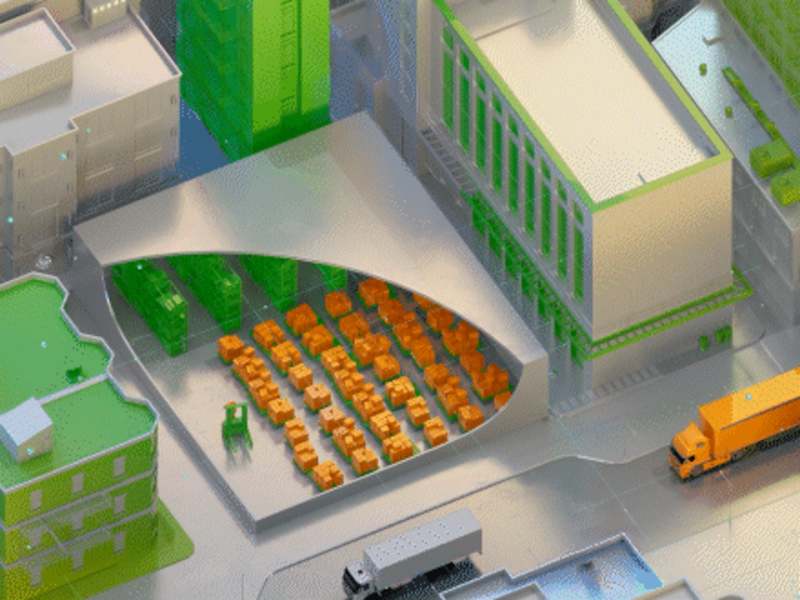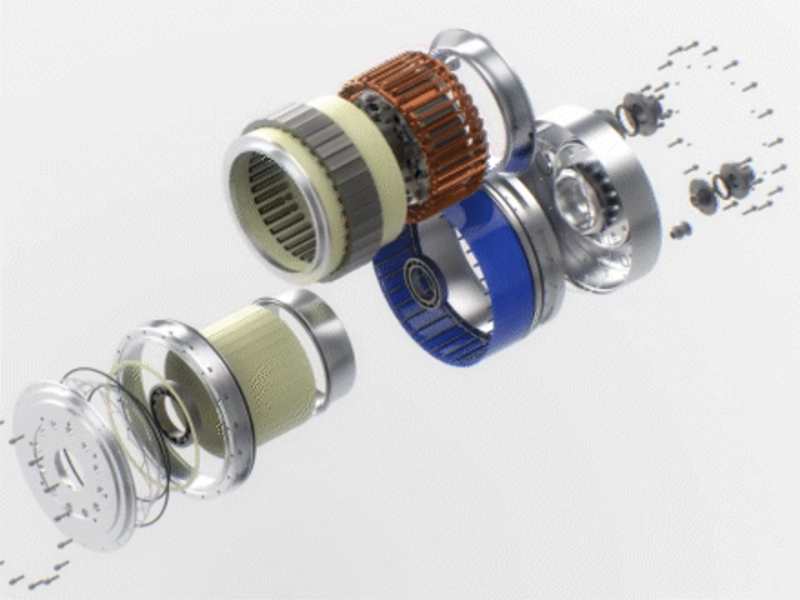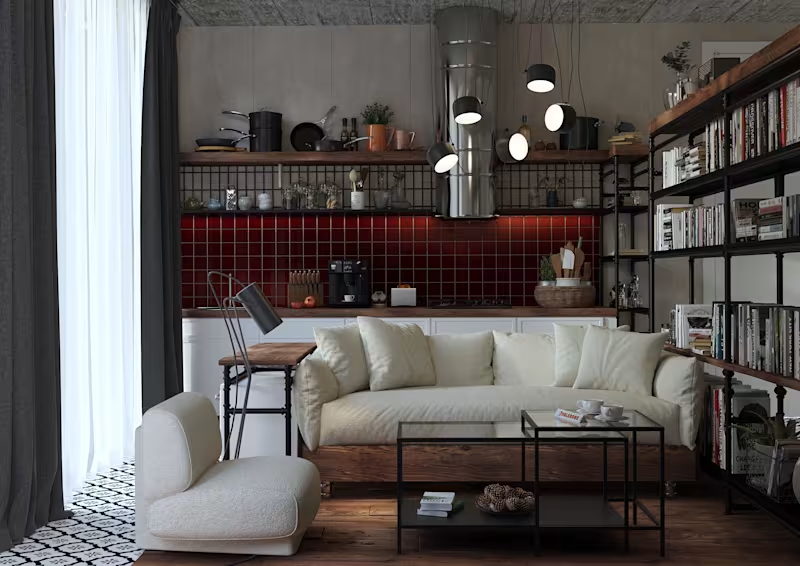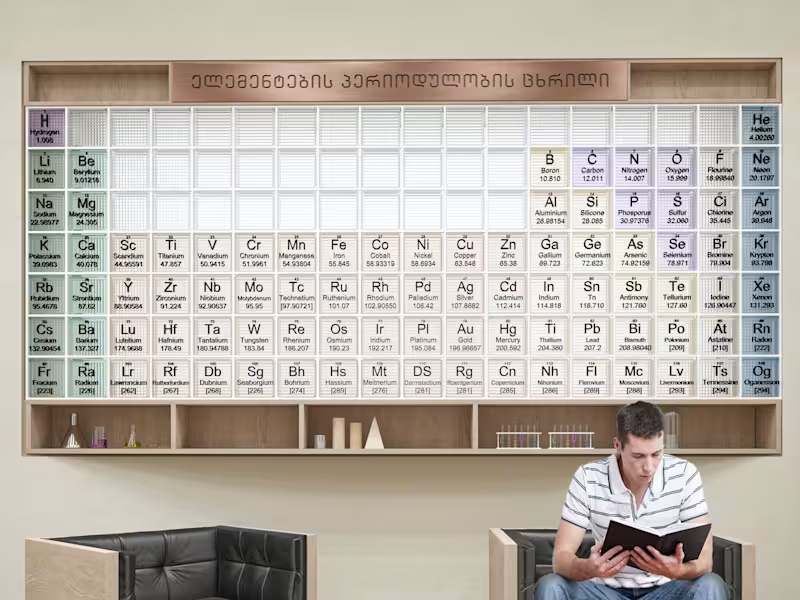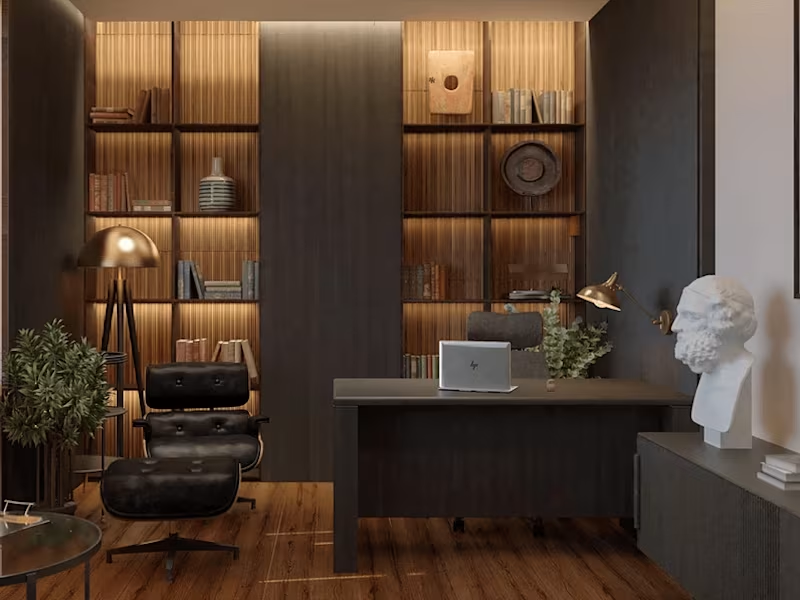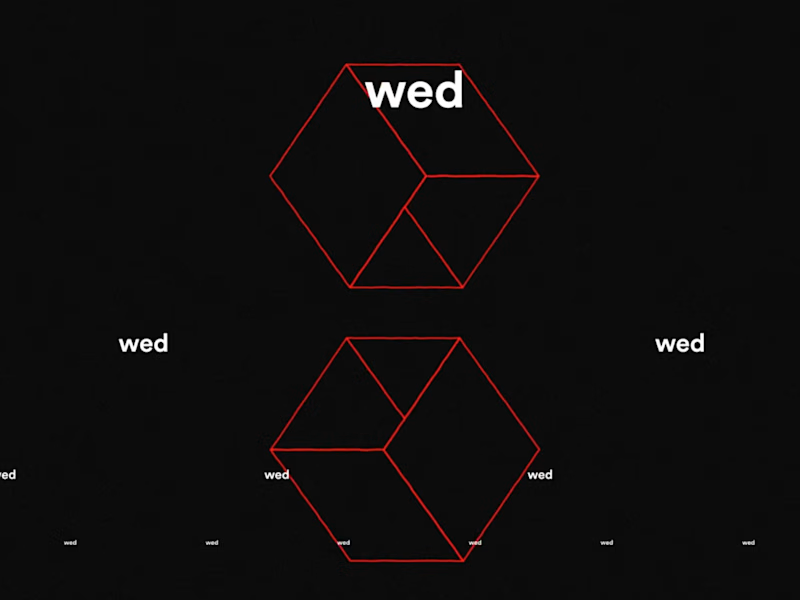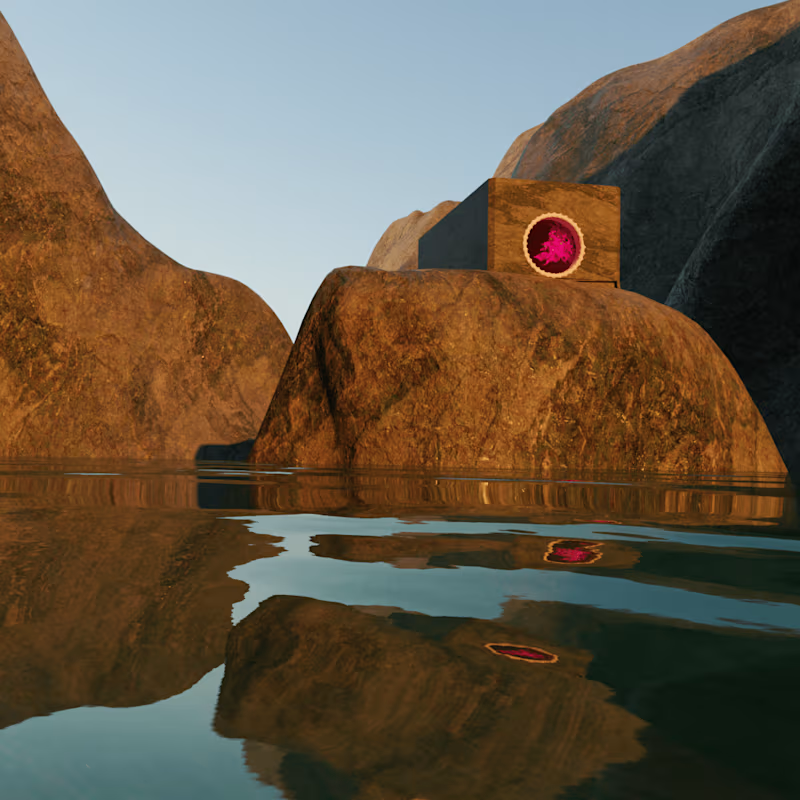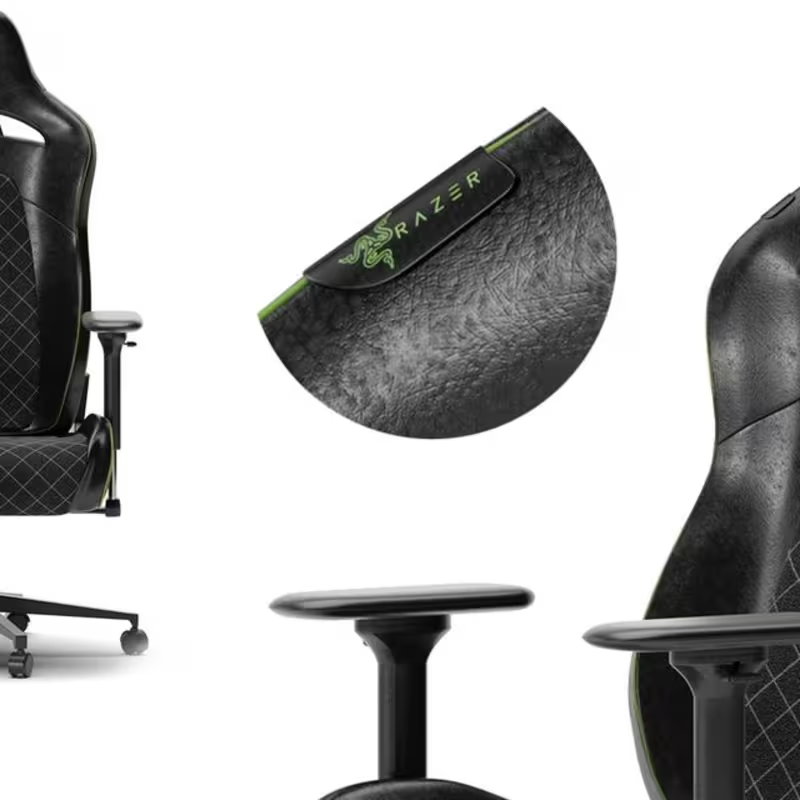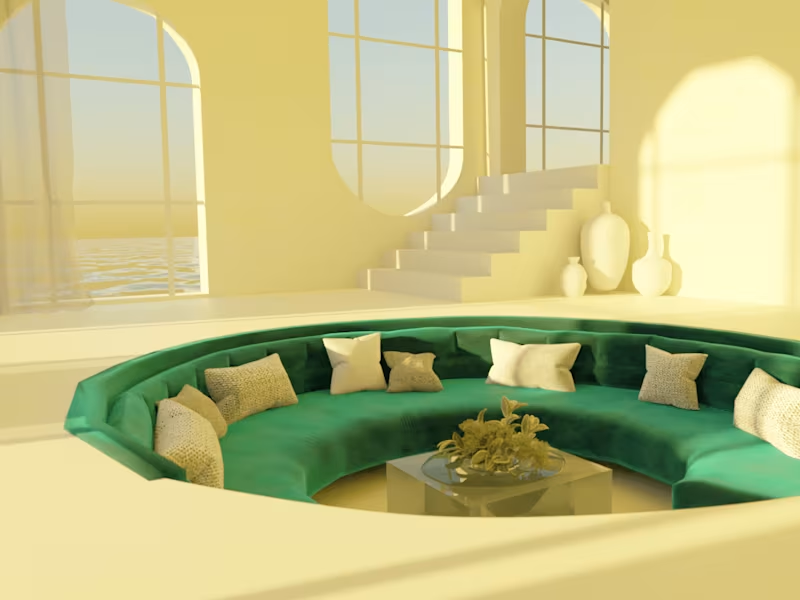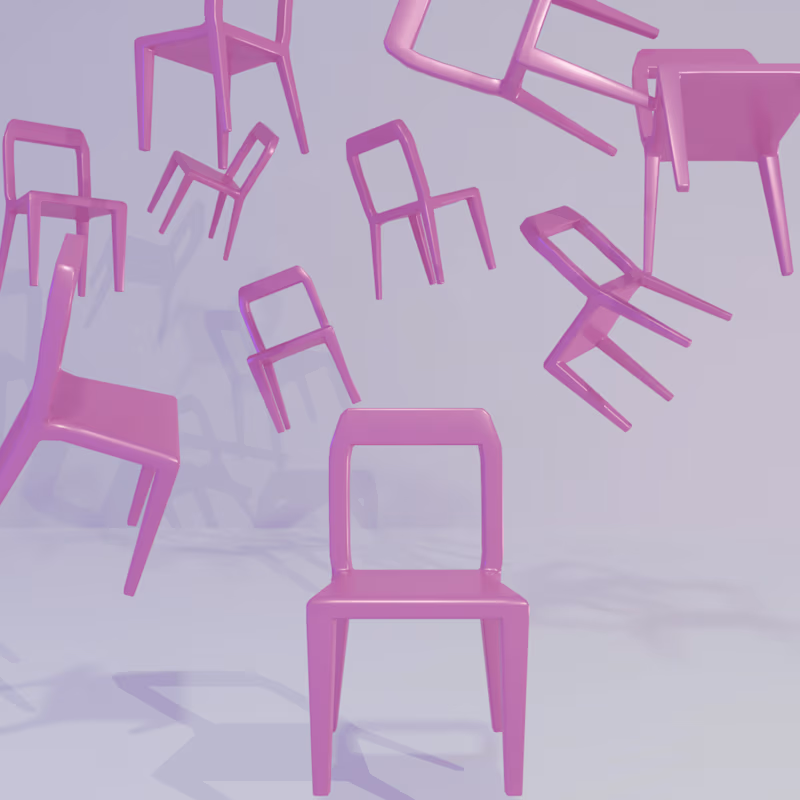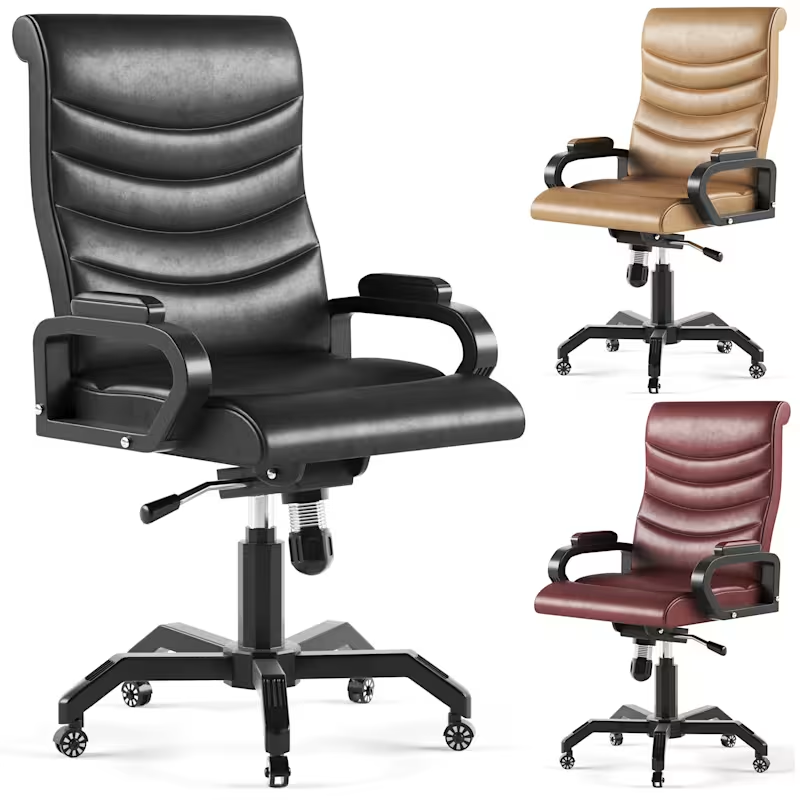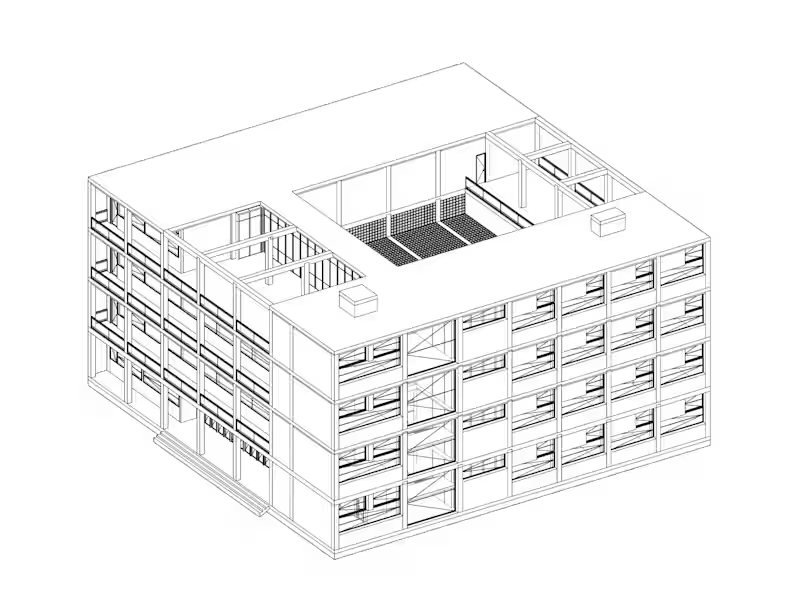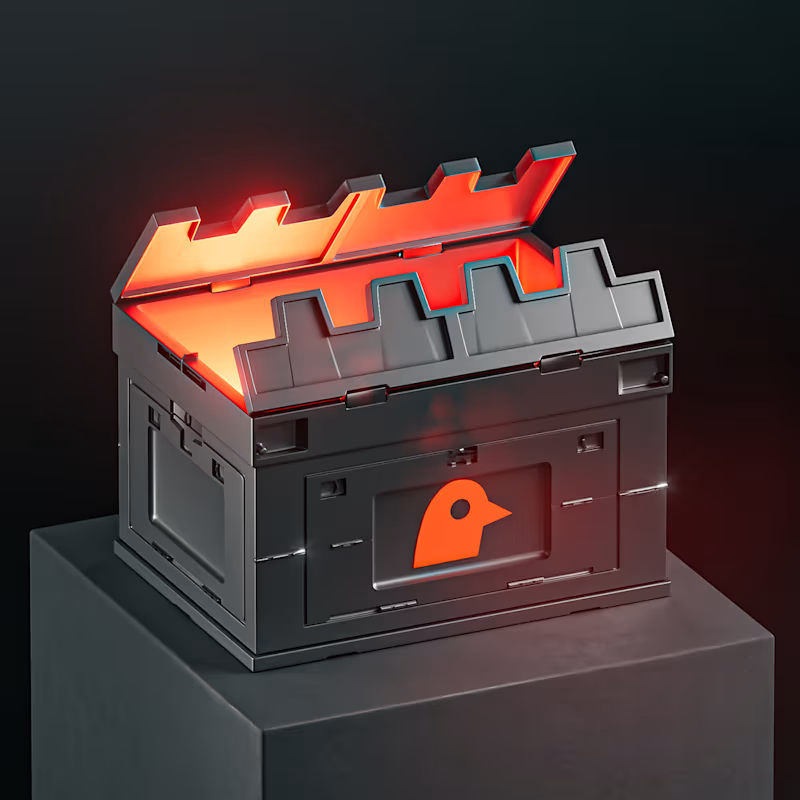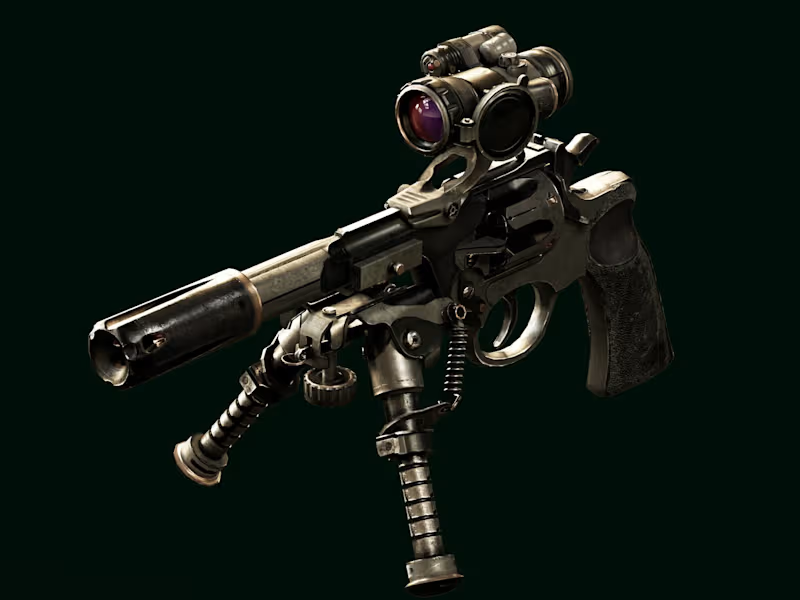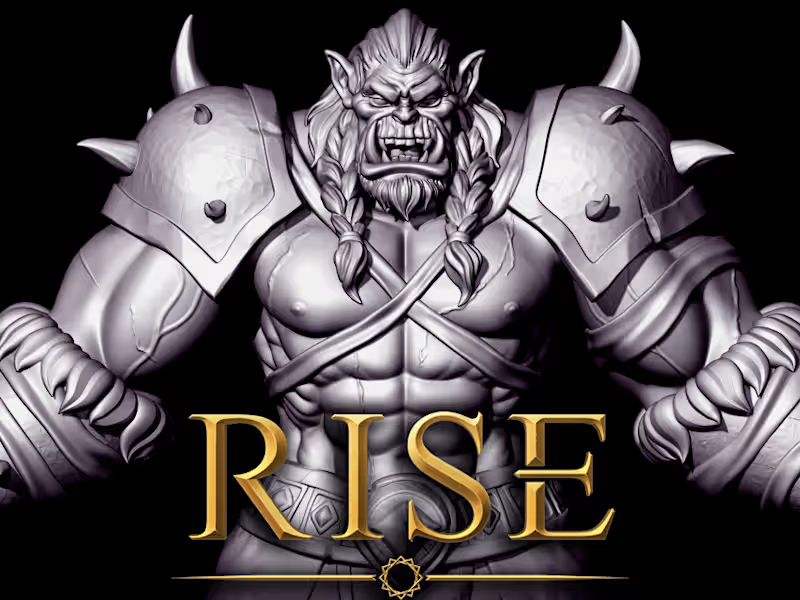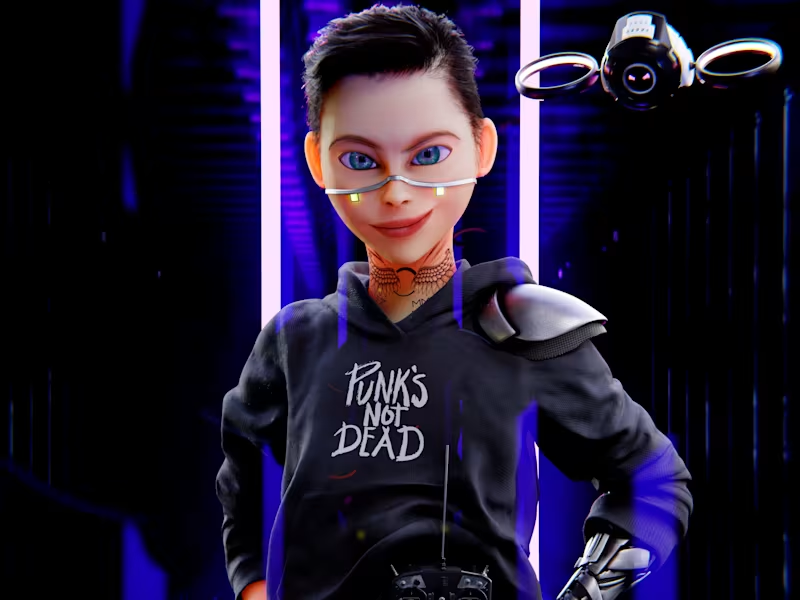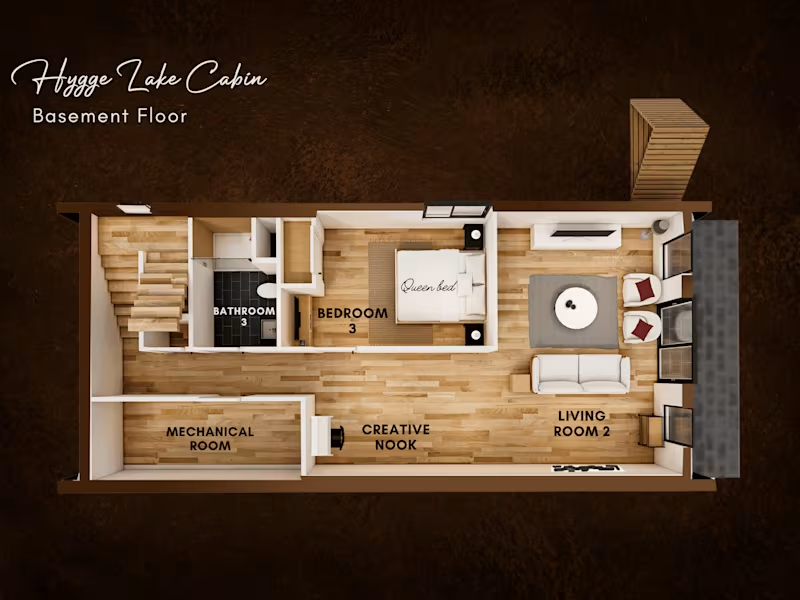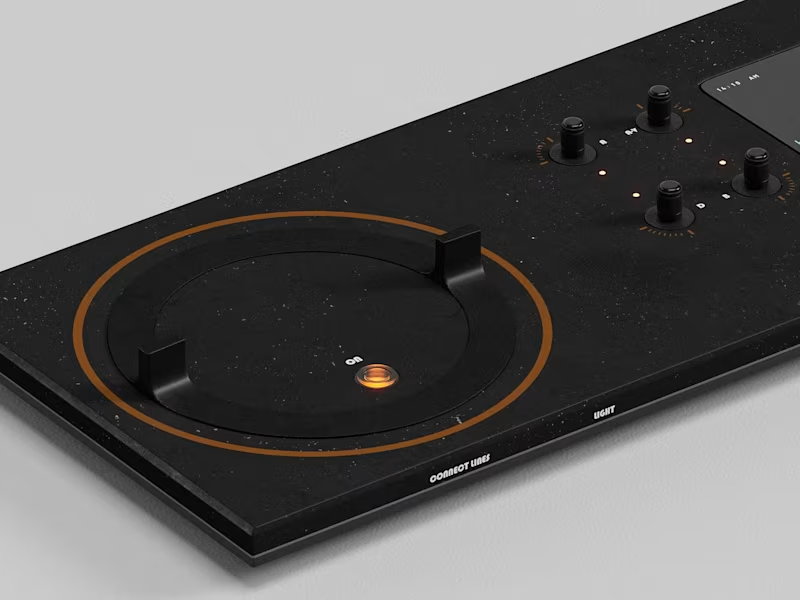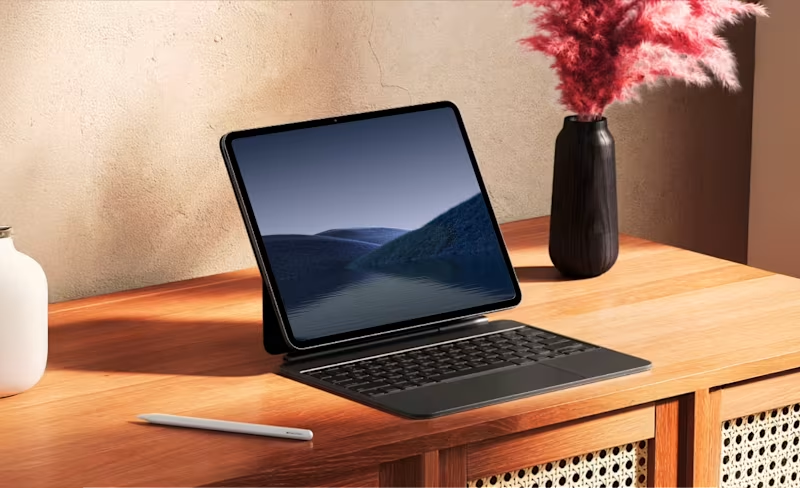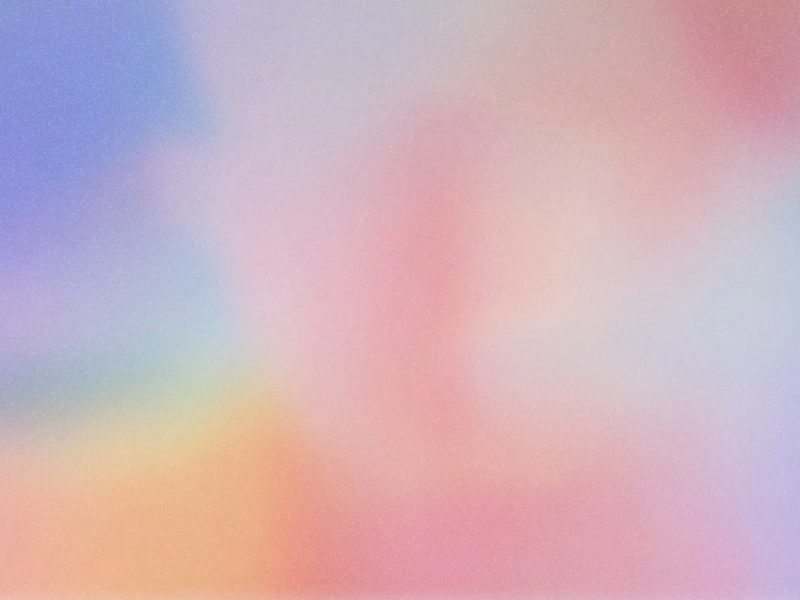What are the most important skills to look for when hiring a freelance 3D renderer?
When hiring a freelance 3D renderer, it's crucial to look for strong skills in 3D modeling software such as Blender, Maya, or 3ds Max. Check if they have a portfolio that showcases their ability to create realistic textures and lighting. Having experience in animation and understanding different rendering techniques is also important.
How can I ensure the 3D renderer understands my project's requirements?
Start by providing a clear and detailed project brief that explains your vision. Include reference images, sketches, or concept art to give the freelancer a visual guide. Regular communication is key, so set up initial meetings to discuss the project in-depth and address any questions they might have.
What should I include in the project timeline when working with a 3D renderer?
Your project timeline should include key milestones such as concept approval, initial drafts, and final delivery dates. Allocate time for feedback and revisions in between these milestones. This helps ensure that the project stays on track and meets your expectations.
How do I determine the deliverables for a 3D rendering project?
Identify what outputs you need, such as high-quality images, CAD files, or animations. Specify the format and resolution requirements to get results that align with your project goals. Clearly outlining these deliverables in advance helps both you and the 3D renderer understand what needs to be achieved.
What should I know about the 3D rendering process to set realistic deadlines?
The 3D rendering process involves multiple steps such as modeling, texturing, lighting, and rendering. Each step can be time-consuming, especially if the project requires intricate details. Discuss these stages with the renderer to set deadlines that reflect the complexity of the work.
How can I effectively review and give feedback on 3D renderings?
When reviewing 3D renderings, focus on details like accuracy, lighting, and textures. Compare them with your reference material to ensure they match your vision. Provide specific feedback on what you like and what needs to be adjusted to improve the final product.
What communication tools should we use throughout the project?
Choose tools that facilitate easy sharing of large files and real-time discussions, like cloud storage services and video conferencing apps. Platforms like Slack or email can be useful for regular updates and quick questions. Establishing these communication channels at the project onset is valuable for seamless collaboration.
How do I ensure quality control for my 3D rendering project?
Set checkpoints for quality review at different project stages. Engage a peer 3D specialist if needed to provide an external feedback loop. Make sure to approve mock-ups or test renders before proceeding to a new phase to ensure high-quality output throughout the project.
What are common challenges in hiring freelance 3D renderers and how can I overcome them?
Challenges may include differing software expertise, communication barriers, and meeting creative expectations. To overcome these, verify the renderer’s software capabilities and establish a clear communication protocol. Regularly discussing creative expectations ensures both parties are aligned with the project vision.
Who is Contra for?
Contra is designed for both freelancers (referred to as "independents") and clients. Freelancers can showcase their work, connect with clients, and manage projects commission-free. Clients can discover and hire top freelance talent for their projects.
What is the vision of Contra?
Contra aims to revolutionize the world of work by providing an all-in-one platform that empowers freelancers and clients to connect and collaborate seamlessly, eliminating traditional barriers and commission fees.
